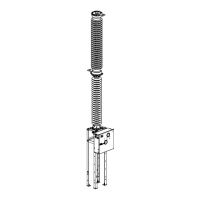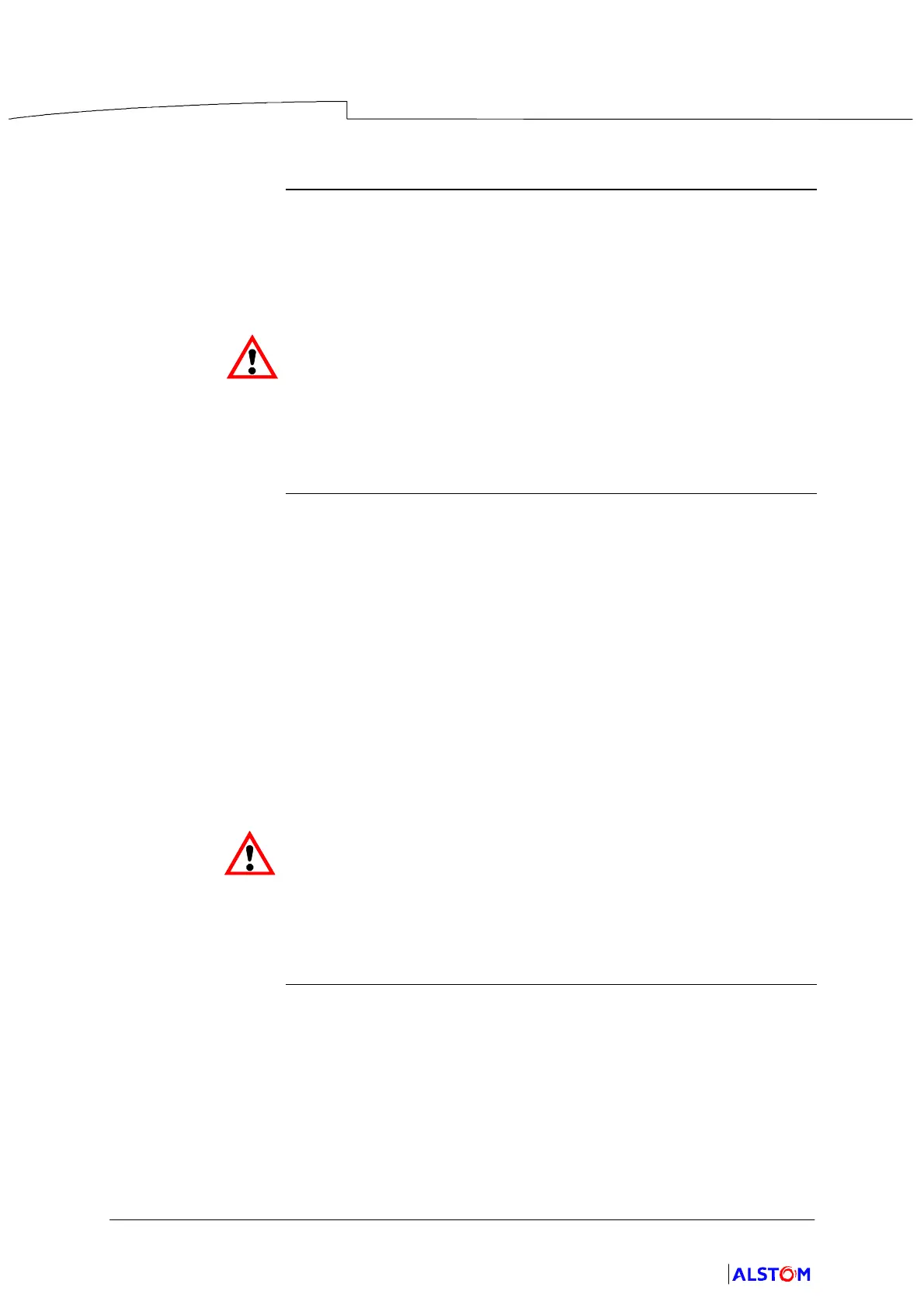End of equipment service life
Dismantling and recovery of components
from a circuit breaker
P80--0001EN/02
4/6
01--2011
© ALSTOM 2010. All rights reserved. Information contained in this document is indicative only. No representation or warranty is given or should be
relied on that it is complete or correct or will apply to any particular project. This will depend on the technical and commercial circumstances. It is
provided without liability and is subject to change without notice. Reproduction, use or disclosure to third parties, without express written authority, is
strictly prohibited.
GRID
III -- Categories and treatment of the materials
1 -- Treatment of
SF6 g as
The SF6 gas will be recycled in accordance with the recommendations of
the IEC 60480 Standard.
However , when recovering the SF6 gas, it is important to respect the
following precautions:
-- Weigh the recipients used before and after filling, so as to ensure
traceability of the weights recovered
-- For each recipient, carry out a measurement of the purity of the SF6
gas and a search for the decomposition products (SO2, HF)
In case of absence of a local waste processing channel for the recycling of
SF6, we recommend a return to our site in Villeurbanne, where we
propose reprocessing via our European service providers.
2 -- Materials to be
recycled
Metals form the main constituent of a gas insulated substation.
The main types of metal making up a substation are:
-- Steel: steelwork structure, fasteners, electrical cubicle frames, etc.
-- Aluminium: moulded or mechanical welded enclosures, conductor bars,
electrodes, etc.
-- Bolted fasteners, threaded rods, rating and name plates
-- Bare copper: electrical contacts, etc.
-- Insulated copper: electrical cable
It is important to separate these different metals when dismantling the
substation at the end of its service life. In particular for small sub---
assemblies made up of various materials.
In certain simple cases, it is sufficient to remove the fasteners ensuring the
assembly and, in other cases, specific instructions shall be given.
The aluminium and copper elements must, under no circumstances,
be mixed. Specific waste processing channels associated with these
materials do not allow for perfect separation during their processing.
In cases where it is impossible to separate them, the component
must be sent for incineration.

